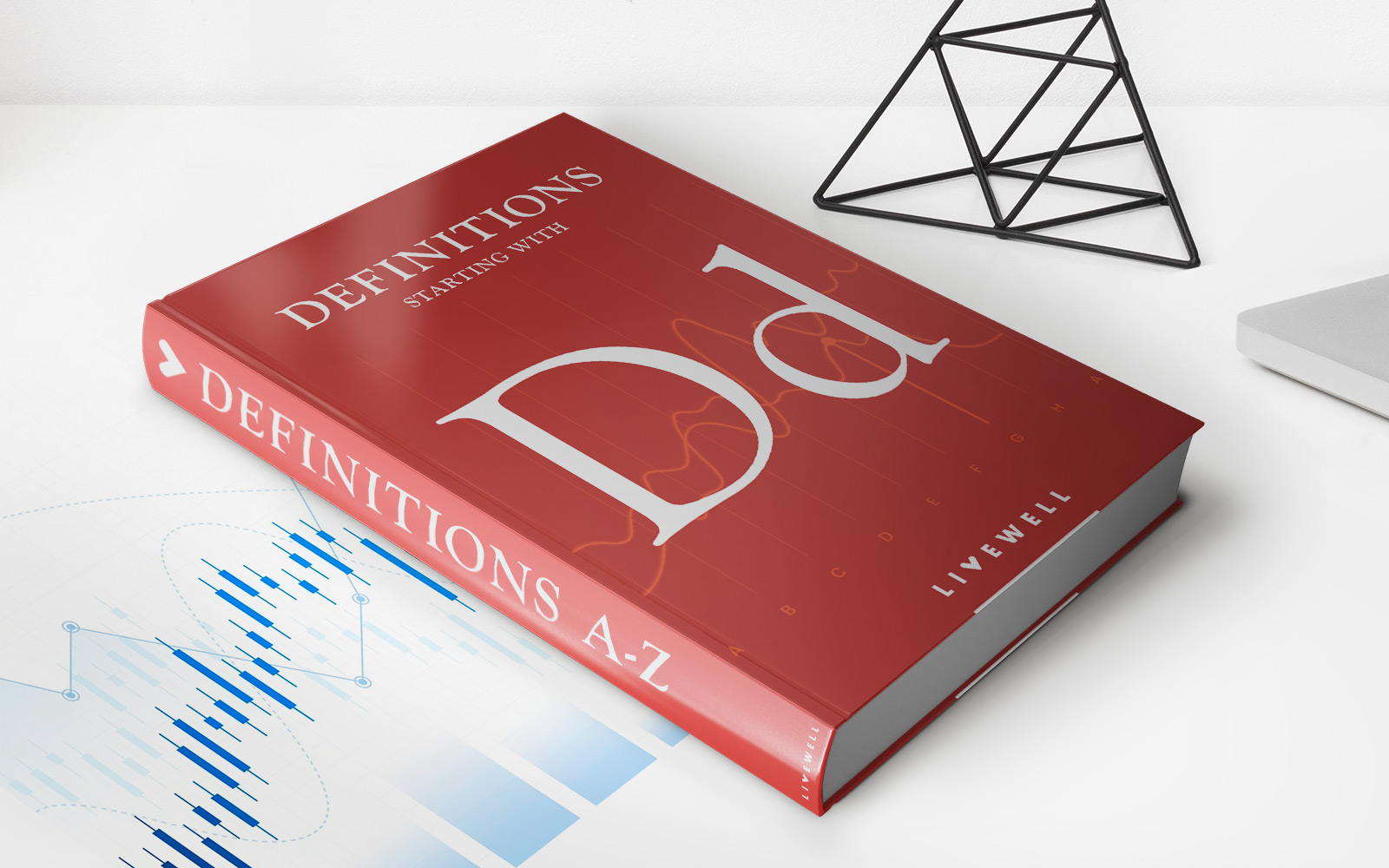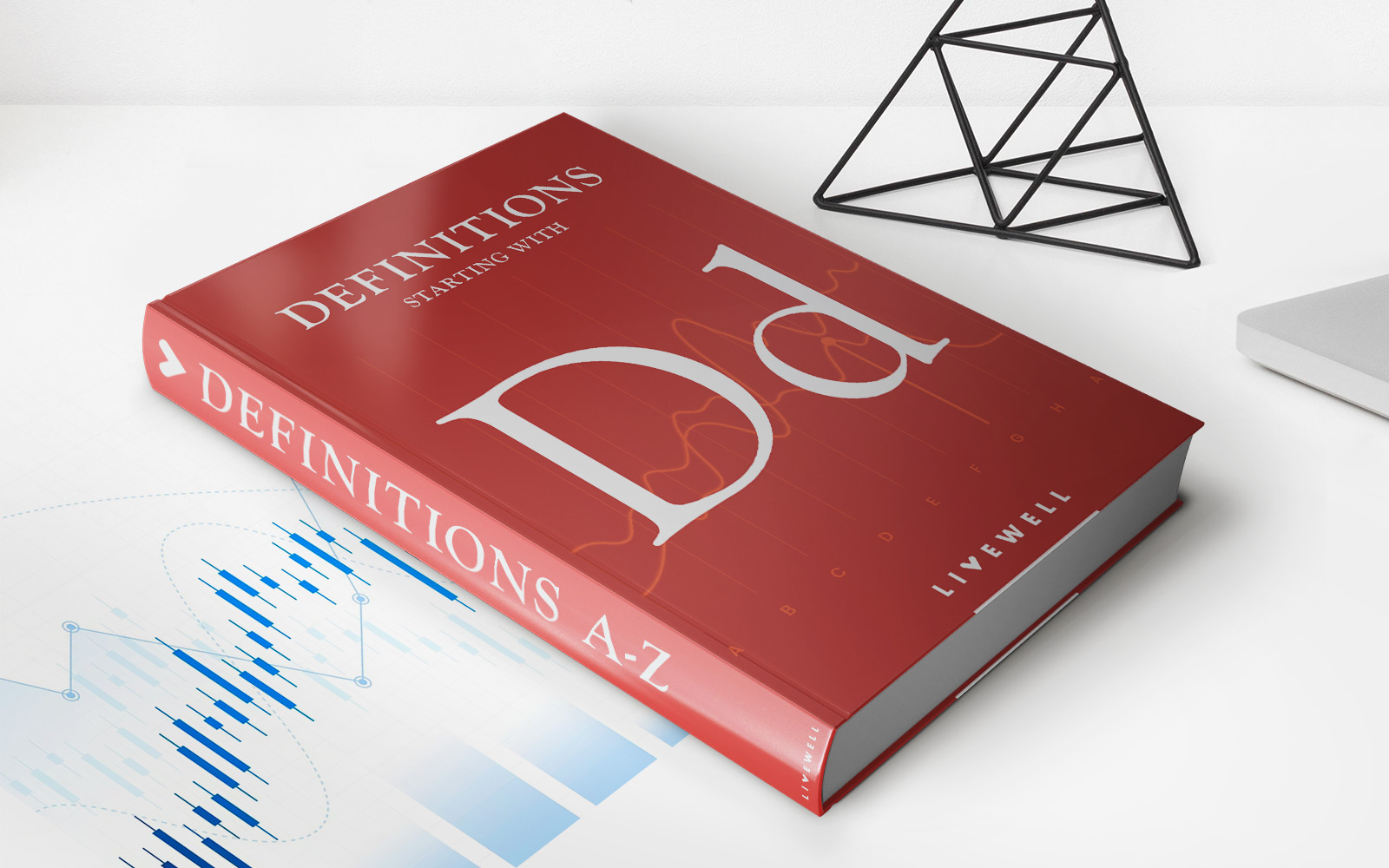

Finance
Distribution Waterfall Definition
Published: November 12, 2023
Discover the definition and importance of a distribution waterfall in finance. Learn how it plays a crucial role in allocating investment returns to stakeholders.
(Many of the links in this article redirect to a specific reviewed product. Your purchase of these products through affiliate links helps to generate commission for LiveWell, at no extra cost. Learn more)
The Distribution Waterfall Definition: Understanding How Finances Flow
Gaining a comprehensive understanding of the distribution waterfall is crucial for anyone interested in the world of finance. Whether you’re an investor, a fund manager, or simply interested in learning more about how finances are managed, this concept plays a vital role in determining how profits are allocated. In this blog post, we will explore the distribution waterfall definition and shed light on its importance in financial decision making.
Key Takeaways:
- The distribution waterfall is a framework used in finance to determine how profits are distributed among different parties involved in an investment.
- Understanding the distribution waterfall is crucial for investors and fund managers as it helps define the order and priority of distributions.
The distribution waterfall is essentially a set of rules that determine how profits are divided among stakeholders involved in a project or investment. It outlines the order in which distributions are made and the conditions under which they occur. Typically, the distribution waterfall is used in private equity and real estate investments, where multiple parties contribute and share in the profits.
To simplify the concept, here are the main components of a typical distribution waterfall:
- Prioritized Payments: The first step in the distribution waterfall is to identify and prioritize certain payments. This may include the return of capital or preferred returns to certain investors or parties.
- Waterfall Structures: Once the prioritized payments are made, the distribution of remaining profits follows a set structure. This structure can be either simple or complex, with multiple tiers and thresholds that determine how much each party receives based on their level of involvement.
- Catch-Up Provisions: In some cases, a catch-up provision is included to ensure that all participants receive their fair share of profits. This provision allows certain investors to receive a higher percentage of distributions until they “catch up” to a predetermined threshold.
- Capital Account Balances: The distribution waterfall also takes into account the capital account balances of each investor. This balance represents the cumulative allocation of profits and determines the percentage of future distributions.
Understanding the distribution waterfall is crucial for investors and fund managers as it helps define the order and priority of distributions. It ensures fairness and transparency, preventing conflicts and disputes among stakeholders. By knowing how profits are allocated, investors can make informed decisions, evaluate potential risks, and assess the potential returns associated with an investment opportunity.
In conclusion, the distribution waterfall is a vital concept in finance that governs how profits are distributed among stakeholders in an investment. By understanding its definition and components, investors and fund managers can navigate the complexities of financial decision-making effectively. Mastering the distribution waterfall allows for more informed and strategic investment choices that can lead to financial success.














